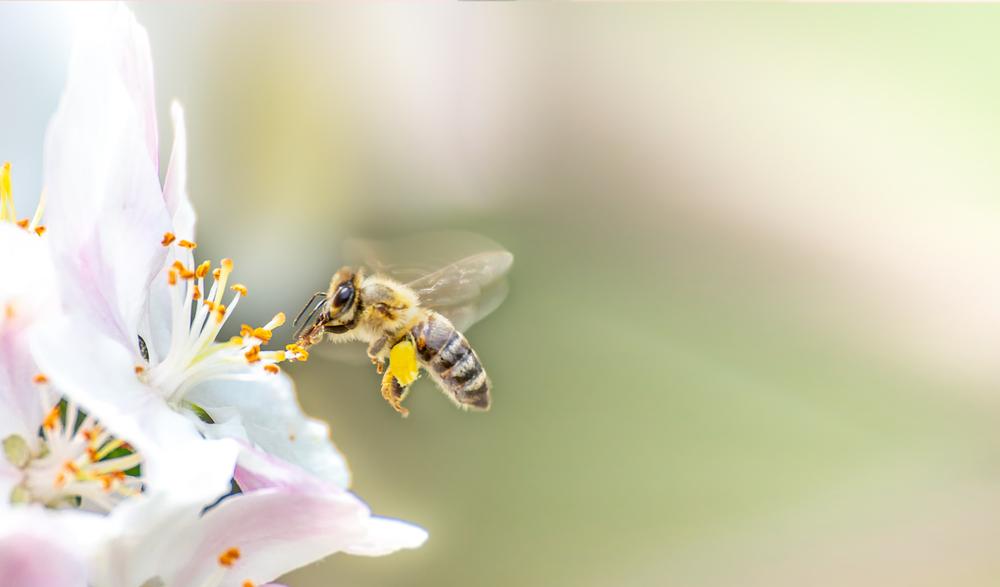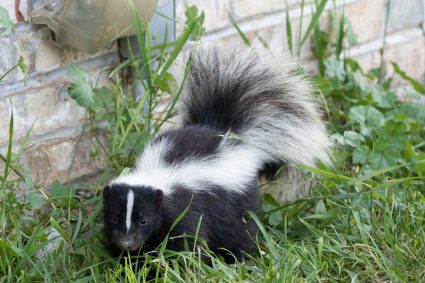
Bees are essential pollinators and play a crucial role in our ecosystem. However, they can sometimes be a nuisance or a threat, especially for those who are allergic to bee stings. Many people are unaware that certain plants can naturally repel bees. Here is a comprehensive guide on which plants keep bees away, how they work, and how to incorporate them effectively in your outdoor spaces.
Certain plants like wormwood, mint, basil, eucalyptus, geraniums, citronella, marigolds, and pennyroyal are known to repel bees. These plants emit fragrances that bees find unappealing or overpowering, helping to keep them away. However, their effectiveness can vary and it’s important to remember that our aim should not be to eradicate bees, but to manage their presence where necessary.
Plants That Repel Bees
- Wormwood: This plant is one of the few reputed to repel bees and wasps.
- Mint: The scent of mint can help keep bees away, but its rapid growth can be a challenge to manage.
- Basil: Insects do not seem to care for the scent of basil when it is not in bloom.
- Eucalyptus: The aromatic eucalyptus leaves work well to keep bees and wasps away.
- Geraniums: Bees and wasps don’t like the scent of geranium flowers, particularly red geraniums.
- Citronella: This plant is known to repel bees and other insects.
- Marigolds: These flowers can help repel bees and wasps, although their effectiveness is debated.
- Pennyroyal: This plant is also mentioned as a bee and wasp repellent.
How do these plants repel bees?
These plants repel bees through their natural defense mechanisms, which often involve emitting fragrances that bees find unappealing or overpowering. For example, geraniums emit a scent that bees dislike. Mint, eucalyptus, and lemongrass also produce strong fragrances that deter bees.
Misconceptions About Bee-Repelling Plants
While some plants are known to repel bees, their effectiveness can vary. Moreover, bees can still detect red flowers through other means, such as their ability to see ultraviolet light. Also, while native plants can be more attractive to native bees, bees can also be attracted to non-native plants.
Incorporating Bee-Repelling Plants in Your Garden
Here are some strategies to effectively incorporate these plants into your garden or outdoor spaces:
- Research flower characteristics: Understand which plants will grow best in your area, their colors, blooms, and any special care they might need.
- Select flowering plants: Choose plants for focal points, flower sizes, year-round interest, bloom time, and color combinations.
- Companion planting: Combine vegetables, herbs, and flowers to improve yields, flavor, and pest and disease resistance.
Growing Conditions for Bee-Repelling Plants
Each plant has its unique growing conditions. For example, lavender thrives in full sun and well-drained soil, while mint grows well in full sun or part shade, with afternoon shade being beneficial in hotter regions.
Other Benefits of These Plants
Apart from repelling bees, these plants offer several other benefits, such as soil protection, water purification, supporting pollinators, providing shelter, aesthetic appeal, pest control, and food production.
Indoor Bee-Repelling Plants
Certain plants, like basil, geraniums, mint, eucalyptus, citronella, and lemongrass, can also be grown indoors to repel bees.
In conclusion, while bees are essential for pollination, certain plants can help keep them at bay in specific areas. Remember, it’s not about eradicating bees but managing their presence where necessary. Always strive to maintain a balance and support pollinators in other parts of your garden or yard.
Frequently Asked Questions
Are there any plants that attract bees?
Yes, there are several plants that attract bees. Some examples include lavender, sunflowers, and rosemary. Bees are particularly attracted to plants with bright, vibrant colors and sweet fragrances.
Can these bee-repelling plants harm bees?
These plants do not harm bees. They simply emit scents that bees find unappealing, which deters them from visiting the area.
Can I use these plants to repel other insects?
Yes, many of these plants can also repel other insects. For instance, citronella is known to repel mosquitoes, and marigolds can deter a variety of garden pests.
What are some tips for managing the growth of mint?
Mint can quickly become invasive if not properly managed. To control its growth, you can plant it in a pot, regularly prune it, or install barriers in the ground to limit its spread.
Can these plants be harmful to pets?
Some plants can be harmful to pets if ingested. For instance, pennyroyal is toxic to dogs and cats. Always research the safety of each plant for pets before incorporating them into your garden or home.












